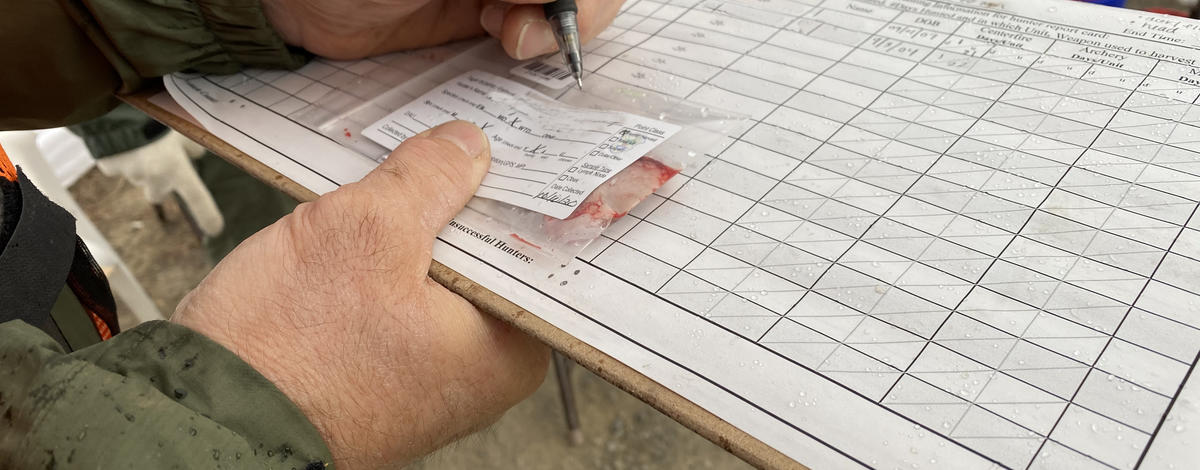Idaho Fish and Game recently announced a series of Chronic Wasting Disease surveillance hunts in response to the detection of two mule deer bucks in the Slate Creek area north of Riggins that tested positive for CWD in October. These were the first positive cases of CWD in Idaho since testing started in 1997.
Fish and Game set the CWD surveillance hunts to gather more information and determine if more deer are infected, and if the disease is located beyond the immediate area of the initial detections. The surveillance hunts are not the start of a long-term management response to CWD.
“I understand and appreciate the concerns Idaho’s hunters and residents have about the detection of CWD for the first time in Idaho,” Fish and Game Director Ed Schriever said. “I want to assure you that these hunts were set strictly to get more samples for CWD testing. While harvesting deer to get CWD samples removes more deer than what would have occurred during our regularly scheduled general and controlled hunts, the intent is not to reduce deer densities in response to CWD, it’s strictly to understand what we’re dealing with.”
CWD is a neurological disease that affects deer, elk, moose and caribou. There is no practical live test for the disease, so the only way to determine how many animals may have it is to take samples from dead animals. CWD surveillance hunts are focused on deer, which are the most susceptible to CWD, and hunts are being held in the immediate area and surrounding areas where the CWD-positive bucks were taken by hunters this year.
The CWD surveillance hunts are among the first steps that Fish and Game managers and the Fish and Game Commission are taking in response to CWD. After they have more information, Fish and Game staff will involve the public in the consideration of long-term management alternatives in response to what is learned from sampling.
The number of tags issued for the CWD surveillance hunts is in excess of the number of 775 samples needed, but Fish and Game staff will be monitoring the hunts and stop them as soon as enough samples have been collected.
“We ask both patience and understanding as we move forward with the CWD surveillance hunts, and as we gather more information,” Schriever said. “We will continue to provide updates to hunters and the public as we proceed and gather enough information to allow us all to clearly understand the extent of CWD and make informed decisions about future management.”

